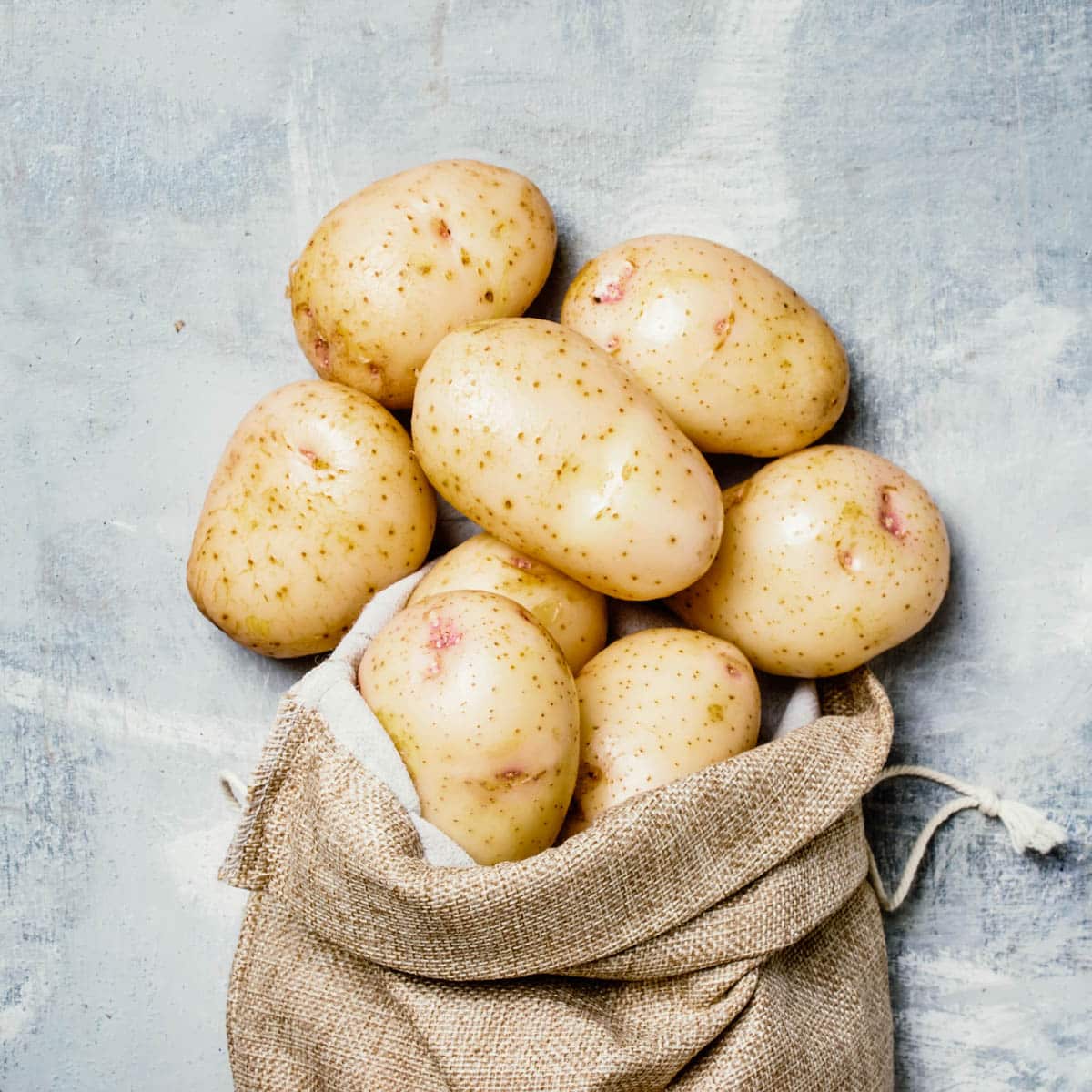

Articles
How To Store White Potatoes
Modified: October 29, 2024
Learn how to properly store white potatoes to keep them fresh for longer. Follow our helpful tips and tricks in this informative article.
(Many of the links in this article redirect to a specific reviewed product. Your purchase of these products through affiliate links helps to generate commission for Storables.com, at no extra cost. Learn more)
Introduction
Storing white potatoes properly is essential for preserving their freshness and extending their shelf life. Whether you have a bountiful harvest from your garden or purchased a large quantity from the market, knowing how to store white potatoes is key to enjoying their delicious taste throughout the year. In this article, we will guide you through the steps for storing white potatoes effectively, regardless of the available storage space you have.
White potatoes, also known as Irish potatoes or russet potatoes, are a versatile and nutritious staple in many households. They can be used in a variety of dishes, such as mashed potatoes, roasted potatoes, potato salad, and more. However, improper storage can lead to sprouting, rotting, or an unpleasant taste.
To ensure that your white potatoes stay fresh and flavorful for as long as possible, it is crucial to pay attention to factors like temperature, humidity, light exposure, and ventilation. By following the guidelines outlined in this article, you will be able to store white potatoes effectively, maximizing their longevity and minimizing waste.
Key Takeaways:
- Proper storage of white potatoes is crucial for preserving their freshness and flavor. Choose the right location, inspect, and sort the potatoes, and select breathable containers to ensure successful long-term storage.
- Regular monitoring and maintenance are essential to prevent common storage issues such as sprouting, rotting, mold, bruising, and greening. By following these preventive measures, you can extend the shelf life of your white potatoes and enjoy their delicious taste for an extended period.
Choosing the Right Storage Location
When it comes to storing white potatoes, selecting the appropriate location is vital. The ideal storage location should provide consistent temperatures, moderate humidity levels, and proper ventilation. Here are a few options to consider:
- Root Cellar: A root cellar is an excellent choice for storing white potatoes. It provides a naturally cool and moist environment, which helps to slow down the sprouting and deterioration process. Make sure the cellar is well-ventilated to prevent excessive moisture buildup.
- Basement or Garage: If you don’t have a root cellar, a basement or garage can serve as a suitable alternative. Choose a location that stays cool and has good air circulation. Avoid areas that experience extreme temperature fluctuations.
- Pantry or Kitchen: If you have limited storage space, you can store white potatoes in a pantry or kitchen cabinet. However, these areas tend to be warmer and less humid, which may cause the potatoes to sprout more quickly. Use them within a few weeks to prevent spoilage.
Regardless of the storage location you choose, it’s important to keep your white potatoes away from direct sunlight. Excessive light exposure can cause the potatoes to turn green and produce a harmful compound called solanine. This compound can make the potatoes taste bitter and may be toxic in large quantities.
Take the time to assess the available storage options in your home and select the one that best suits your needs. Ensure that the chosen location meets the necessary temperature and humidity conditions to maintain the quality of your white potatoes for an extended period.
Next, we will discuss the preparations you need to make before storing your white potatoes.
Preparing the Potatoes for Storage
Before storing white potatoes, it is essential to prepare them properly to prolong their shelf life and prevent any potential issues. Follow these steps to ensure your potatoes are ready for storage:
- Inspect and Sort: Examine each potato carefully and remove any damaged, bruised, or diseased ones. These potatoes can quickly spoil and affect the other potatoes in storage. Sort them based on size as well, as larger potatoes tend to have a longer storage life.
- Cure the Potatoes: Curing is a process that helps toughen the skin of the potatoes, sealing in moisture and increasing their storage potential. To cure potatoes, place them in a well-ventilated area with temperatures around 50-60°F (10-15°C) for about two weeks. This step is particularly crucial for freshly harvested potatoes.
- Remove Excess Soil: While it’s important not to wash the potatoes before storage, excess soil should be gently brushed off. Use a soft brush or cloth to remove any dirt without damaging the skin. Leaving soil on the potatoes can contribute to higher moisture levels and increase the risk of rotting.
- Dry Thoroughly: After removing the excess soil, allow the potatoes to air dry completely. This reduces the chances of moisture buildup during storage, which could lead to mold or spoilage.
It is crucial to avoid washing the potatoes before storage, as moisture can promote fungal growth and shorten their shelf life. Washing should be done right before cooking.
By inspecting, curing, and properly drying your white potatoes, you can minimize the risk of spoilage and ensure a longer storage life. With the potatoes prepared, the next step is to select the right containers for storage, which we will discuss next.
Selecting the Appropriate Containers
Choosing the right containers for storing white potatoes is crucial for maintaining their quality and preventing premature spoilage. Here are some factors to consider when selecting containers:
- Breathability: White potatoes need to be stored in containers that provide good airflow to prevent moisture buildup. Avoid airtight containers as they can trap moisture and promote rotting. Opt for containers with breathable materials like mesh bags, burlap sacks, or wooden crates.
- Size: Select containers that can accommodate your potatoes without overcrowding them. Overcrowding can lead to bruising and increased spoilage. Allow space for air circulation between the potatoes.
- Darkness: While good airflow is important, it’s equally important to keep the potatoes in a dark or low-light environment. Exposure to light can cause potatoes to turn green and produce a toxic compound called solanine. Use opaque containers or cover your containers with a cloth or towel to block out light.
- Sturdiness: Ensure that the containers you choose are sturdy enough to hold the weight of the potatoes. Avoid containers that may collapse or break under the weight, causing damage to the potatoes.
Popular container options for storing white potatoes include mesh bags, burlap sacks, wooden crates, or even cardboard boxes. These containers provide adequate airflow and darkness, helping to maintain the quality of the potatoes over time.
Remember to label your containers with the date of storage, especially if you are storing different batches. This will help you keep track of the potatoes’ freshness and consumption order.
Now that you have selected the appropriate containers, it’s time to explore different storage locations and methods that will best suit your needs. We will cover three common storage options in the following sections: root cellar, basement/garage, and pantry/kitchen.
Storing Potatoes in a Root Cellar
A root cellar is an excellent option for storing white potatoes as it provides a naturally cool and humid environment, mimicking the conditions of the earth. Here’s how you can store potatoes in a root cellar:
- Preparation: Make sure the root cellar is clean, dry, and well-ventilated. Clear any debris or potential sources of contamination.
- Temperature and Humidity: The ideal temperature for storing potatoes in a root cellar is around 40-50°F (4-10°C). Ensure the humidity levels are around 90-95% to prevent the potatoes from drying out. Use a hygrometer or humidity monitor to keep track of the humidity levels.
- Storage Containers: Place the potatoes in breathable containers such as mesh bags or wooden crates. Avoid plastic bags or airtight containers, as they can trap moisture and promote rotting.
- Arrangement: Place the potatoes in a single layer or stack them loosely, making sure there is enough space between them for air circulation. Avoid piling them too high, as excessive weight can cause bruising and damage.
- Monitoring: Regularly check on the potatoes to ensure they are free from signs of rot, mold, or sprouting. Remove any spoiled potatoes to prevent the spread of spoilage.
It’s important to note that the conditions in a root cellar may vary depending on your location and the specific conditions of your cellar. Monitor the temperature and humidity levels regularly and make adjustments if necessary to maintain the ideal storage environment.
Storing white potatoes in a root cellar can provide extended storage time, allowing you to enjoy fresh potatoes for months after harvest. However, if you don’t have access to a root cellar, there are other storage options available, such as using your basement, garage, pantry, or kitchen. We will explore these options in the following sections.
Store white potatoes in a cool, dark, and well-ventilated place, such as a pantry or cellar. Keep them away from onions and store them in a paper or mesh bag to allow for air circulation. Avoid storing them in the refrigerator, as the cold temperature can cause the starches to convert to sugar.
Read more: How To Store Fingerling Potatoes
Storing Potatoes in a Basement or Garage
If you don’t have a root cellar, a basement or garage can serve as a suitable alternative for storing white potatoes. Here are the steps to store potatoes in a basement or garage:
- Temperature and Humidity: Choose a location in your basement or garage that remains cool and has a relatively stable temperature. The ideal temperature range for storing potatoes is around 45-50°F (7-10°C). Avoid areas that are prone to extreme temperature fluctuations.
- Humidity: Although basements and garages are generally more dry than root cellars, you can increase the humidity levels artificially by placing trays of water near the potato storage area or using a humidifier. Aim for a humidity level of around 80-90% to prevent the potatoes from drying out.
- Storage Containers: Use breathable storage containers like mesh bags, burlap sacks, or wooden crates. These will allow proper airflow and reduce the likelihood of moisture buildup. Avoid plastic bags or airtight containers, which can trap moisture and cause rotting.
- Arrangement: Place the potatoes in the containers in a single layer or stack them loosely, ensuring there is enough space between potatoes for air circulation. Avoid stacking them too high to prevent bruising and damage.
- Monitoring: Regularly check on the potatoes to ensure they are free from signs of rot, mold, or sprouting. Remove any spoiled potatoes promptly to prevent the spread of spoilage.
While basements and garages may not provide the ideal conditions like a root cellar, with proper temperature and humidity control, you can successfully store white potatoes for a reasonable amount of time. Monitor the storage area regularly and make adjustments as needed to maintain the best possible storage conditions.
However, if neither a root cellar nor a basement or garage is available, you can still store white potatoes in your pantry or kitchen. Let’s explore this option in the next section.
Storing Potatoes in a Pantry or Kitchen
If you have limited storage space or do not have access to a root cellar or basement, storing white potatoes in your pantry or kitchen can be a viable option. While these areas are typically warmer and less humid than ideal storage conditions, you can still take steps to maximize the lifespan of your potatoes:
- Temperature: Choose a cool area in your pantry or kitchen away from direct heat sources. The temperature should ideally be between 50-55°F (10-13°C).
- Darkness: Ensure that the potatoes are kept in a dark or low-light environment. Exposure to light can turn the potatoes green and cause them to produce a toxic compound called solanine. Store them in opaque containers or cover them with a cloth or towel to block out light.
- Storage Containers: Use breathable containers like mesh bags, paper bags, or cardboard boxes to allow airflow and prevent moisture buildup. Avoid plastic bags or airtight containers, as they can trap moisture and promote rotting.
- Arrangement: Place the potatoes in a single layer or stack them loosely to allow for air circulation. Avoid overcrowding, as it can lead to bruising and increase the risk of spoilage.
- Monitoring: Regularly check the potatoes for any signs of sprouting, rotting, or mold. Remove any spoiled potatoes to prevent the spread of spoilage.
Storing white potatoes in a pantry or kitchen may not provide the optimal conditions for long-term storage, but they can be kept for a few weeks to a couple of months, depending on the temperature and humidity levels of your specific storage area.
Remember that heat and exposure to light can accelerate the sprouting process, so it’s best to consume the potatoes within a reasonable timeframe to ensure their freshness and quality.
No matter where you choose to store your white potatoes, monitoring their condition regularly and removing any spoiled potatoes promptly is essential to ensure fresh and flavorful potatoes for as long as possible.
In the next section, we will discuss the importance of monitoring and maintaining potato storage to prevent common storage issues.
Monitoring and Maintaining Potato Storage
Proper monitoring and maintenance are crucial to ensure the longevity and quality of stored white potatoes. Here are some essential steps to follow:
- Regular Inspection: Regularly check your stored potatoes for any signs of spoilage, such as sprouting, mold, or decay. Remove any damaged or spoiled potatoes immediately to prevent the spread of spoilage to the rest of the batch.
- Air Circulation: Ensure adequate air circulation around the stored potatoes. Good airflow helps to prevent moisture buildup, reducing the risk of rotting. Avoid stacking the potatoes too tightly or covering them with plastic wrap, which can impede airflow.
- Temperature Control: Maintain a consistent storage temperature within the recommended range for potatoes (around 40-55°F or 4-13°C). Fluctuations in temperature can cause premature sprouting or spoilage. Use a thermometer to monitor the temperature in your chosen storage area.
- Humidity Control: Aim for a humidity level of around 80-95% to prevent the potatoes from drying out. If the storage area is too dry, consider using a humidifier or placing trays of water nearby. Conversely, if the humidity is too high, use dehumidifiers or increase airflow to reduce moisture levels.
- Rotation: Rotate the stored potatoes from time to time to ensure they age evenly. Move the older potatoes to the front and use them first, while moving the fresher ones to the back for longer storage. This helps in maintaining a consistent supply of fresh potatoes.
Regularly monitor and adjust the storage conditions based on the specific needs of your potatoes. Environmental factors such as temperature, humidity, and air circulation can vary depending on the storage space, so it’s important to stay vigilant and make necessary adjustments as needed.
By following these monitoring and maintenance practices, you can prolong the storage life of your white potatoes and enjoy their delicious taste and nutritional benefits for an extended period.
Now that you’re equipped with the knowledge of how to store white potatoes effectively and maintain their quality, you can prevent common storage issues and enjoy the fruits of your labor or the bountiful produce from the market year-round.
In the final section, we will conclude our article and summarize the key points discussed.
Avoiding Common Storage Issues
When storing white potatoes, it’s important to be aware of common storage issues and take steps to prevent them. Here are some tips to avoid common storage problems:
- Sprouting: Sprouting occurs when potatoes are exposed to light and warmth. To prevent sprouting, store potatoes in a cool, dark place, and avoid exposing them to direct sunlight. Check the stored potatoes regularly and remove any sprouted ones to maintain the quality of the remaining potatoes.
- Rotting: Excess moisture is the main culprit behind potato rot. Ensure that your storage area provides good ventilation to prevent moisture buildup. Avoid storing potatoes in plastic bags or airtight containers, as they can trap moisture. Also, remove any damaged or spoiled potatoes promptly to prevent the spread of rot.
- Mold: Mold can develop on potatoes if they are stored in high humidity conditions. Maintain appropriate humidity levels by using proper storage containers and monitoring the humidity in the storage area. Inspect the potatoes regularly and discard any that show signs of mold growth.
- Bruising: Rough handling or overcrowding can lead to bruising, which can make the potatoes more susceptible to rotting. Be gentle when handling potatoes and avoid stacking them too high. Allow sufficient space for air circulation between the potatoes and store them in containers that prevent excessive movement.
- Greening: Exposure to light causes the development of green patches on potatoes. These green areas contain a toxin called solanine, which can cause digestive problems. Store potatoes in dark or low-light environments to prevent greening. If any potatoes develop a green tint, trim off the green portion before use.
By being proactive and implementing these preventive measures, you can minimize storage issues and extend the shelf life of your white potatoes.
Remember to practice regular inspection and maintenance of your storage area, monitor temperature and humidity levels, and handle the potatoes with care. With these precautions, you can enjoy fresh and delicious white potatoes for an extended period.
Let’s wrap up our article in the next section, summarizing the key points we’ve discussed.
Read more: How To Store Shredded Potatoes
Conclusion
Knowing how to store white potatoes properly is essential for preserving their freshness, flavor, and nutritional value. By following the guidelines outlined in this article, you can extend the shelf life of your potatoes and minimize waste. Here is a summary of the key points:
- Choose the right storage location, such as a root cellar, basement, garage, pantry, or kitchen, depending on the available space and the desired storage duration.
- Inspect and sort the potatoes, curing them for a couple of weeks to toughen the skin and remove excess soil without washing them.
- Select breathable containers that provide proper air circulation and darkness, such as mesh bags, burlap sacks, or wooden crates.
- Store white potatoes in a root cellar with controlled temperature and humidity, or in a basement/garage with moderate temperature and humidity levels.
- If using a pantry or kitchen, keep the temperature cool, ensure darkness, and use breathable containers.
- Regularly monitor the potatoes for signs of sprouting, rot, mold, or greening, and promptly remove any damaged or spoiled potatoes.
- Avoid common storage issues by preventing sprouting, rotting, mold growth, bruising, and greening.
Remember, proper storage conditions can vary depending on your specific environment, so monitor and make adjustments accordingly. With careful attention to temperature, humidity, air circulation, and regular inspection, you can store white potatoes successfully for an extended period.
Whether you have a surplus harvest from your garden or want to make the most of a bulk purchase, storing white potatoes correctly ensures that you can enjoy their delicious taste and nutritional benefits year-round. So, take the time to properly store your white potatoes and savor their versatility in various culinary creations.
Now that you have the knowledge to store white potatoes effectively, go ahead and put it into practice. Enjoy the satisfaction of having a bountiful supply of fresh potatoes whenever you need them!
Frequently Asked Questions about How To Store White Potatoes
Was this page helpful?
At Storables.com, we guarantee accurate and reliable information. Our content, validated by Expert Board Contributors, is crafted following stringent Editorial Policies. We're committed to providing you with well-researched, expert-backed insights for all your informational needs.


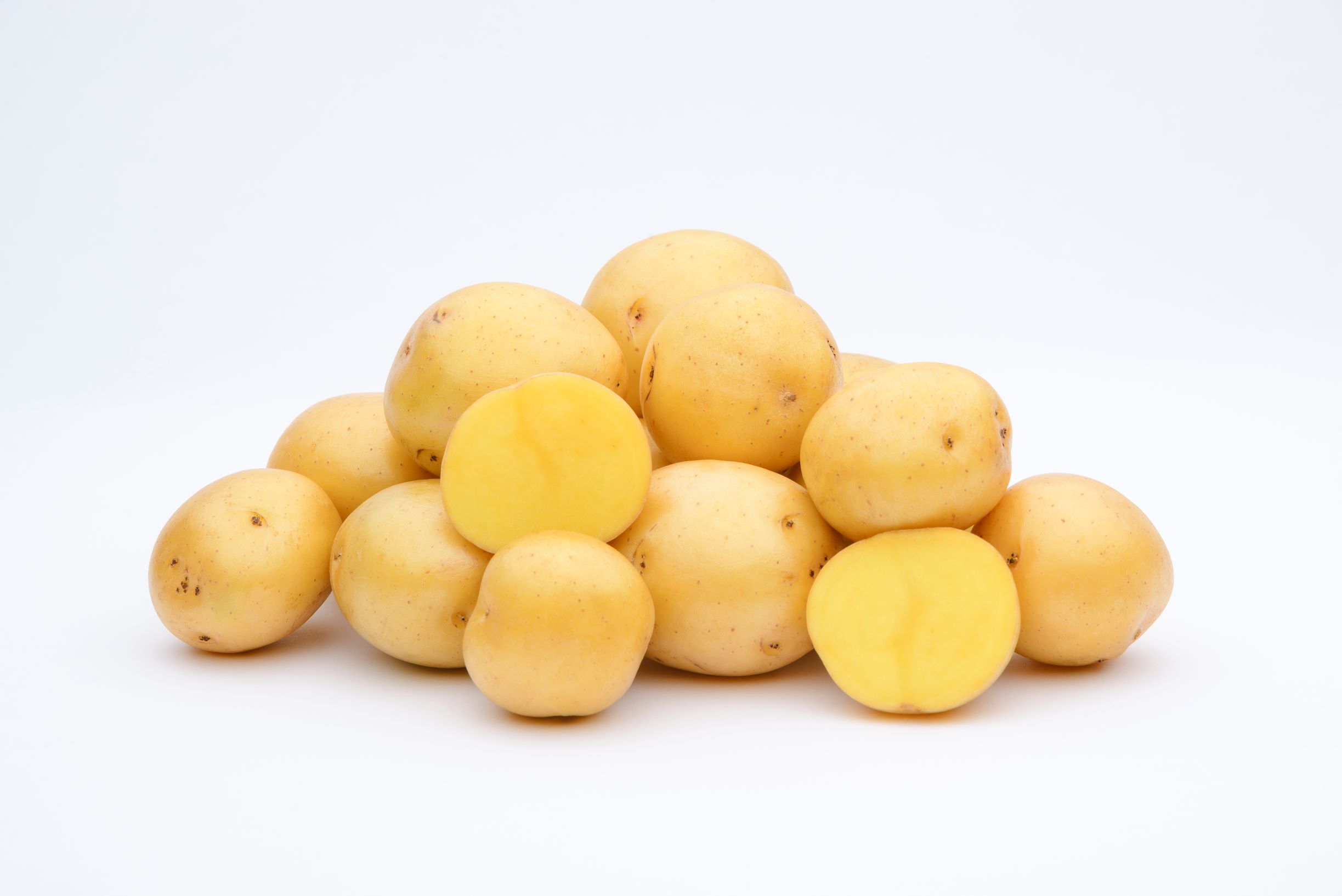
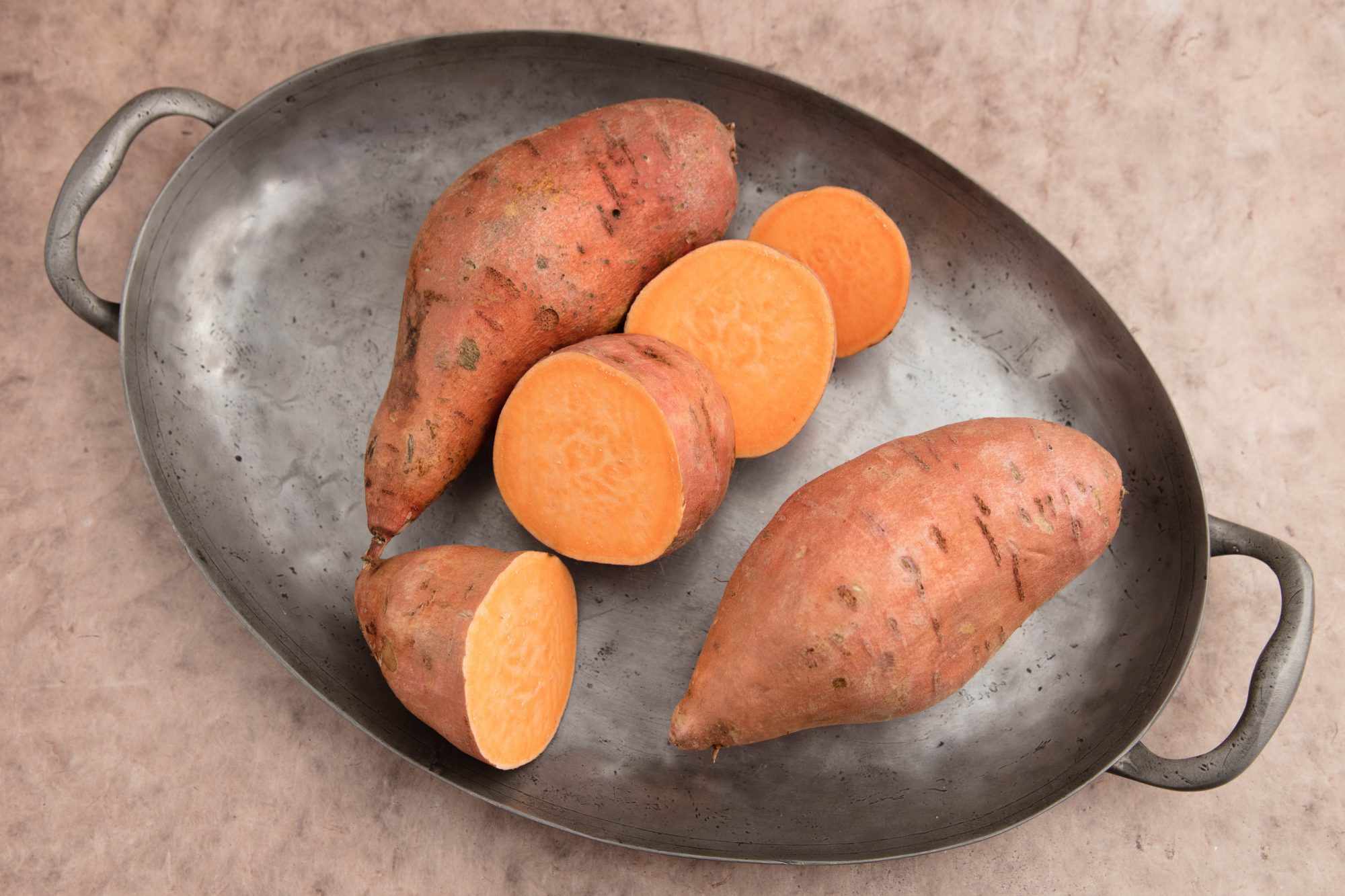

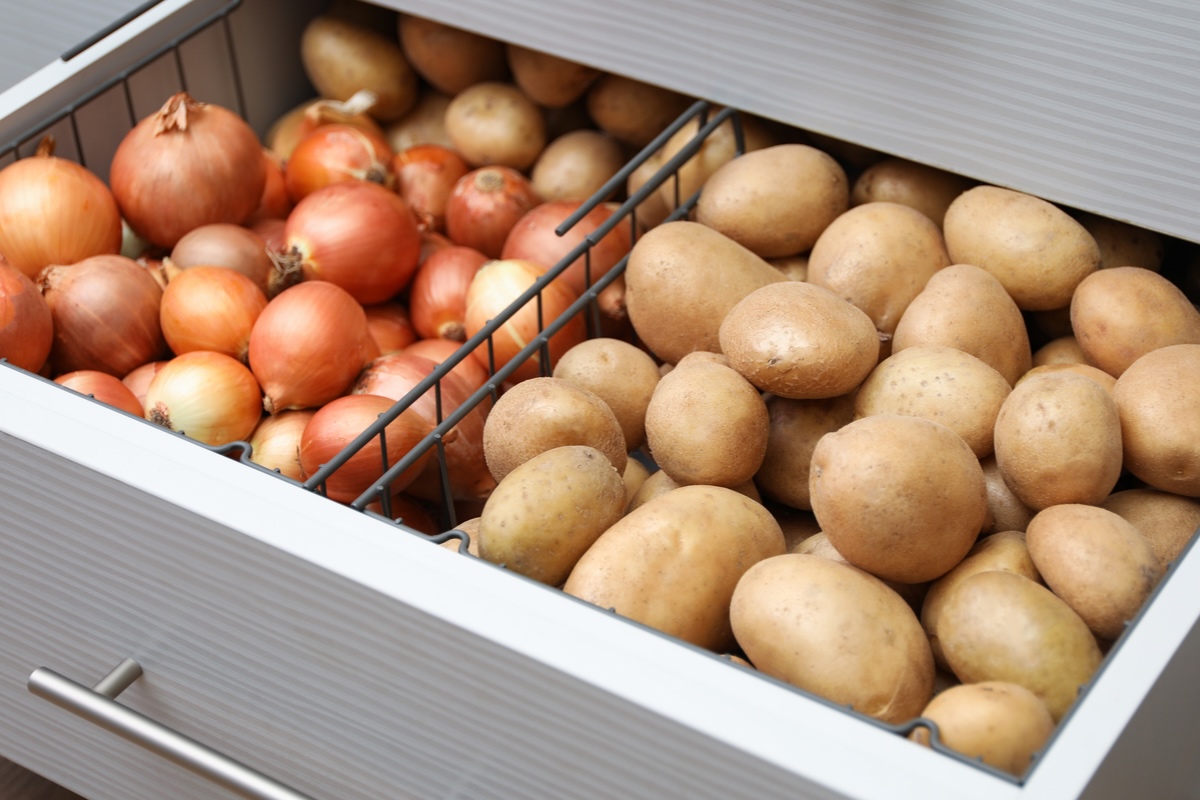
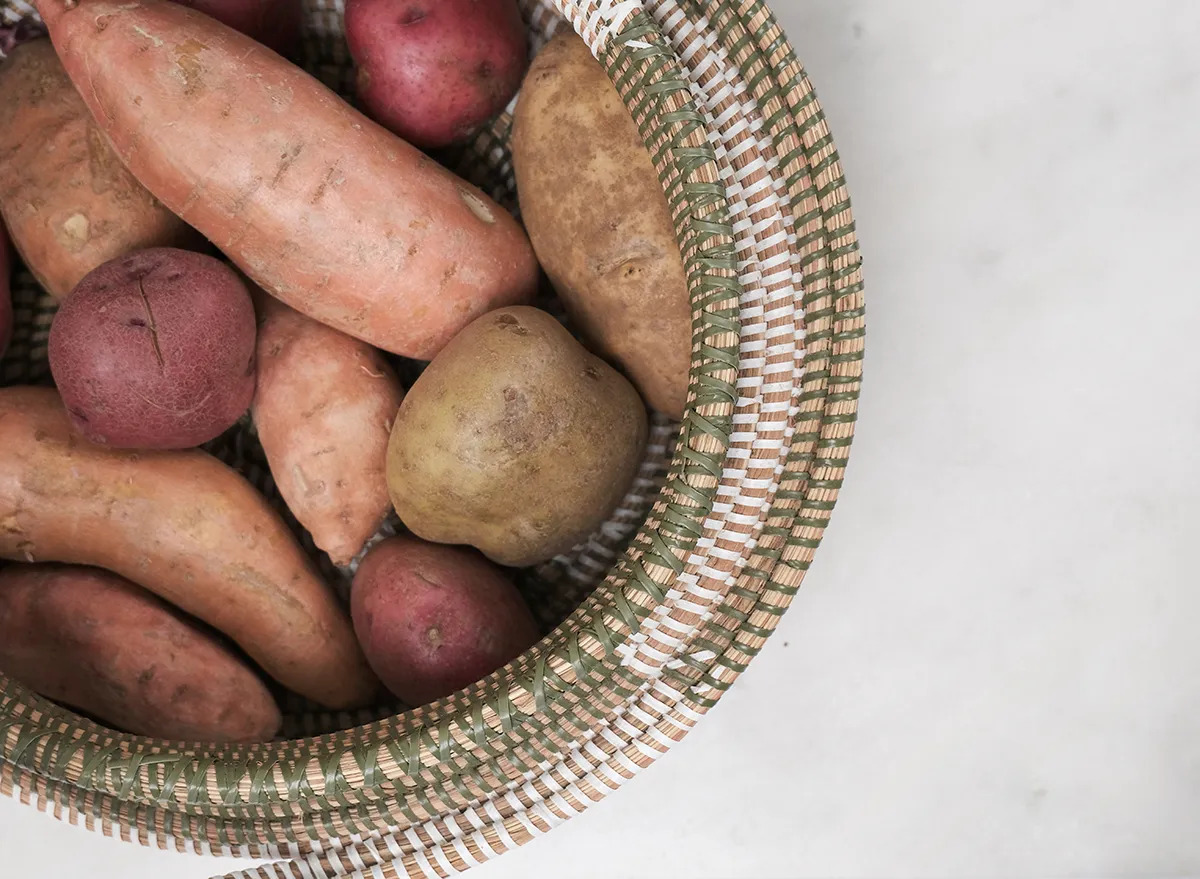
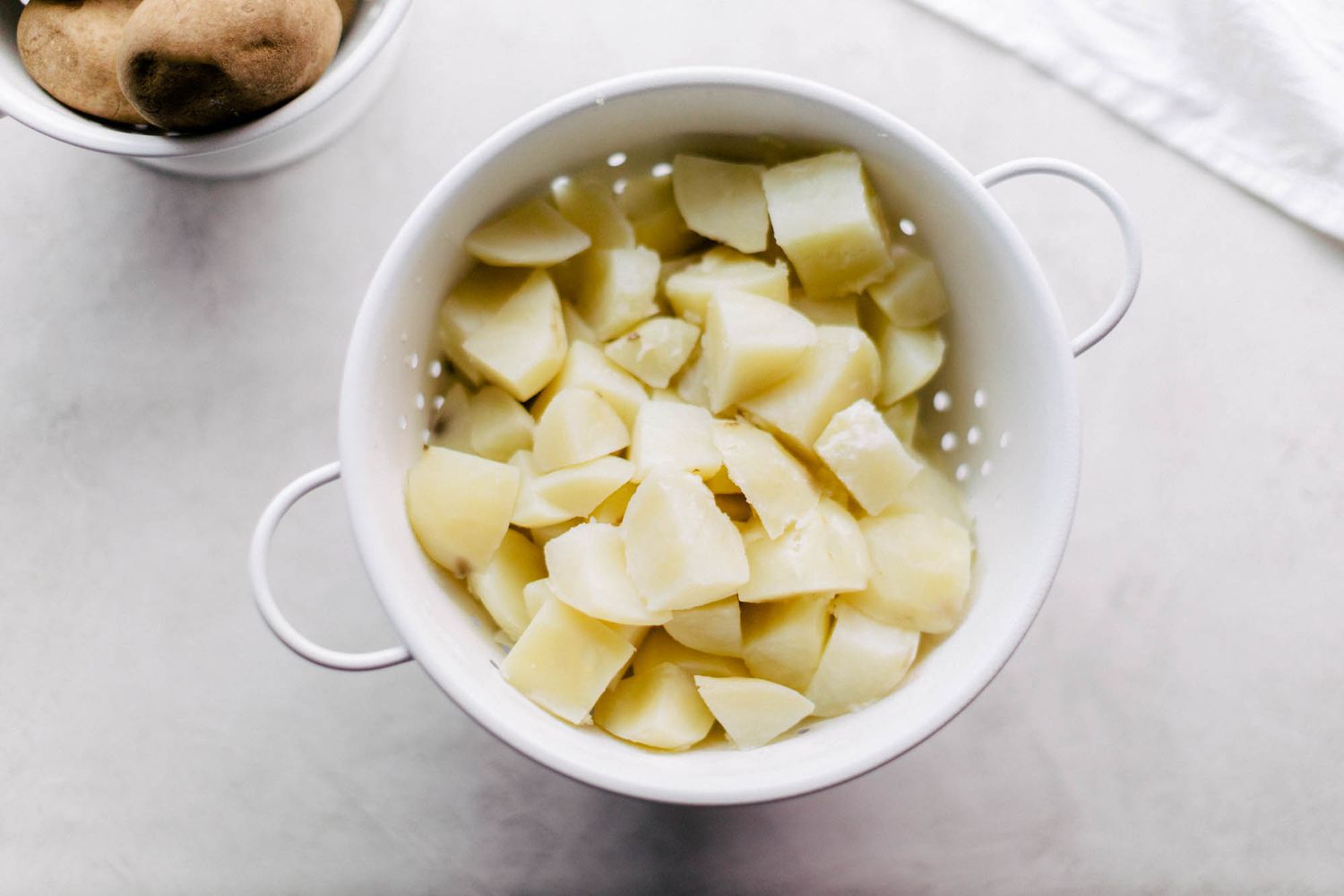
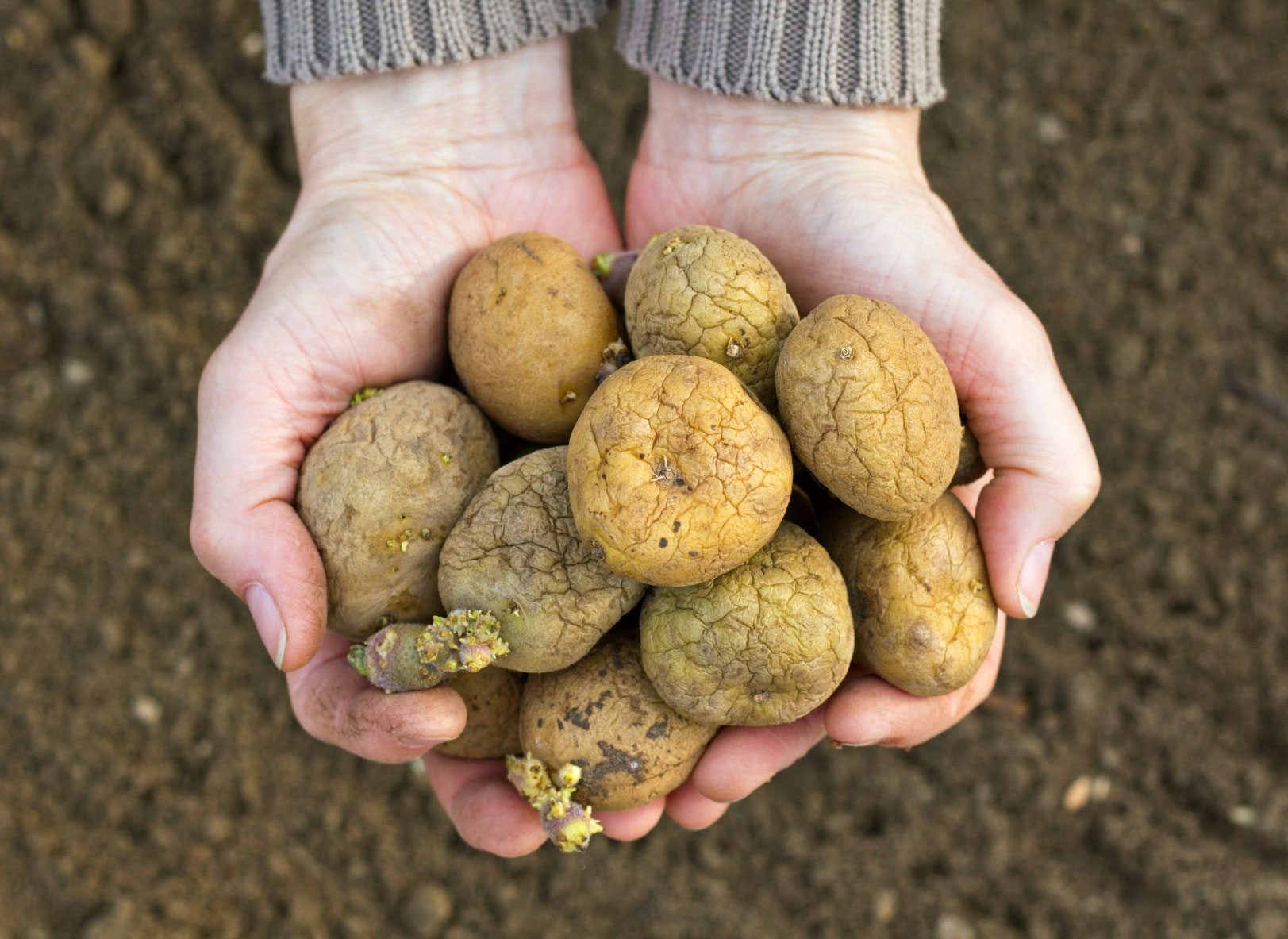
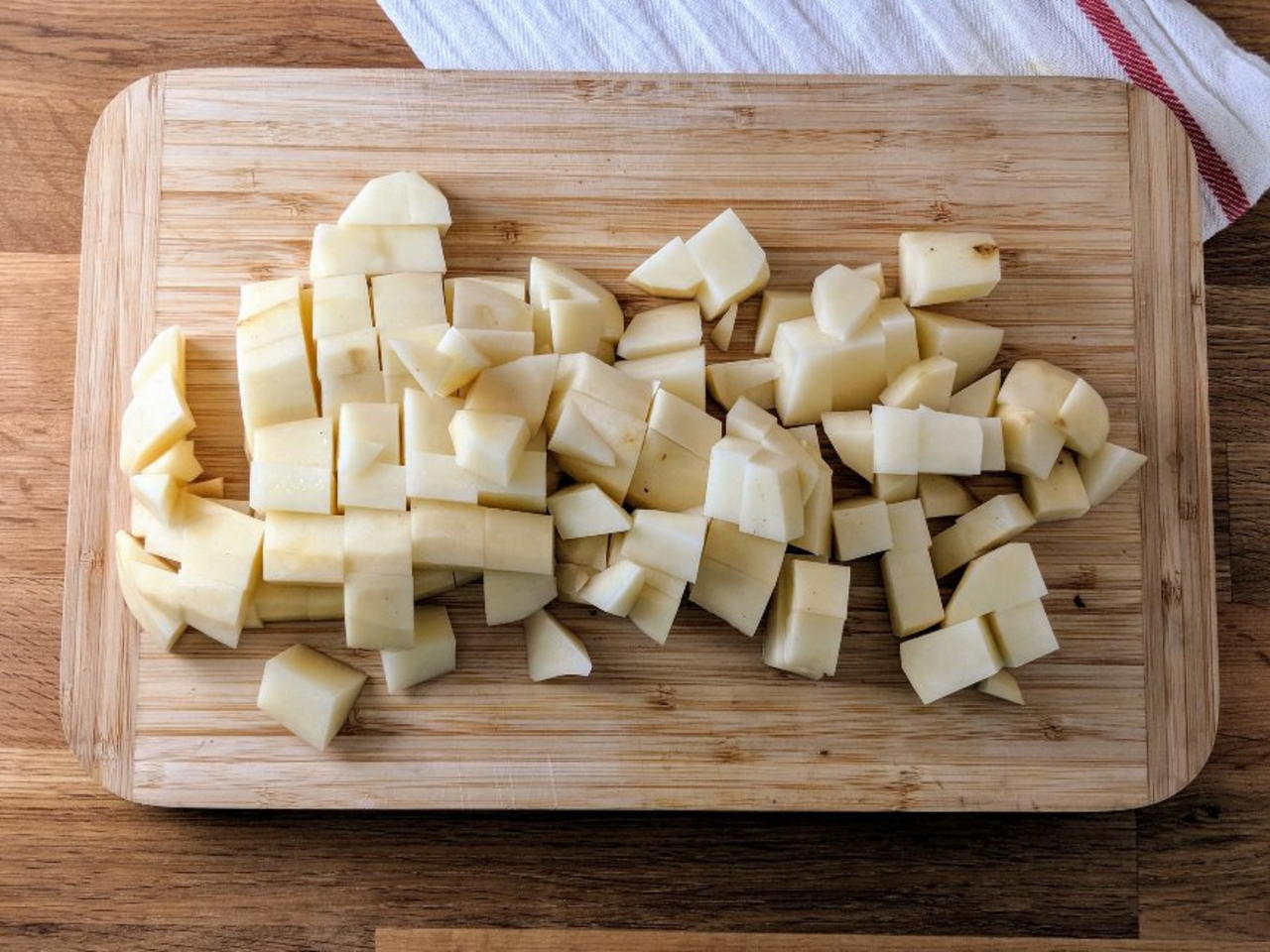
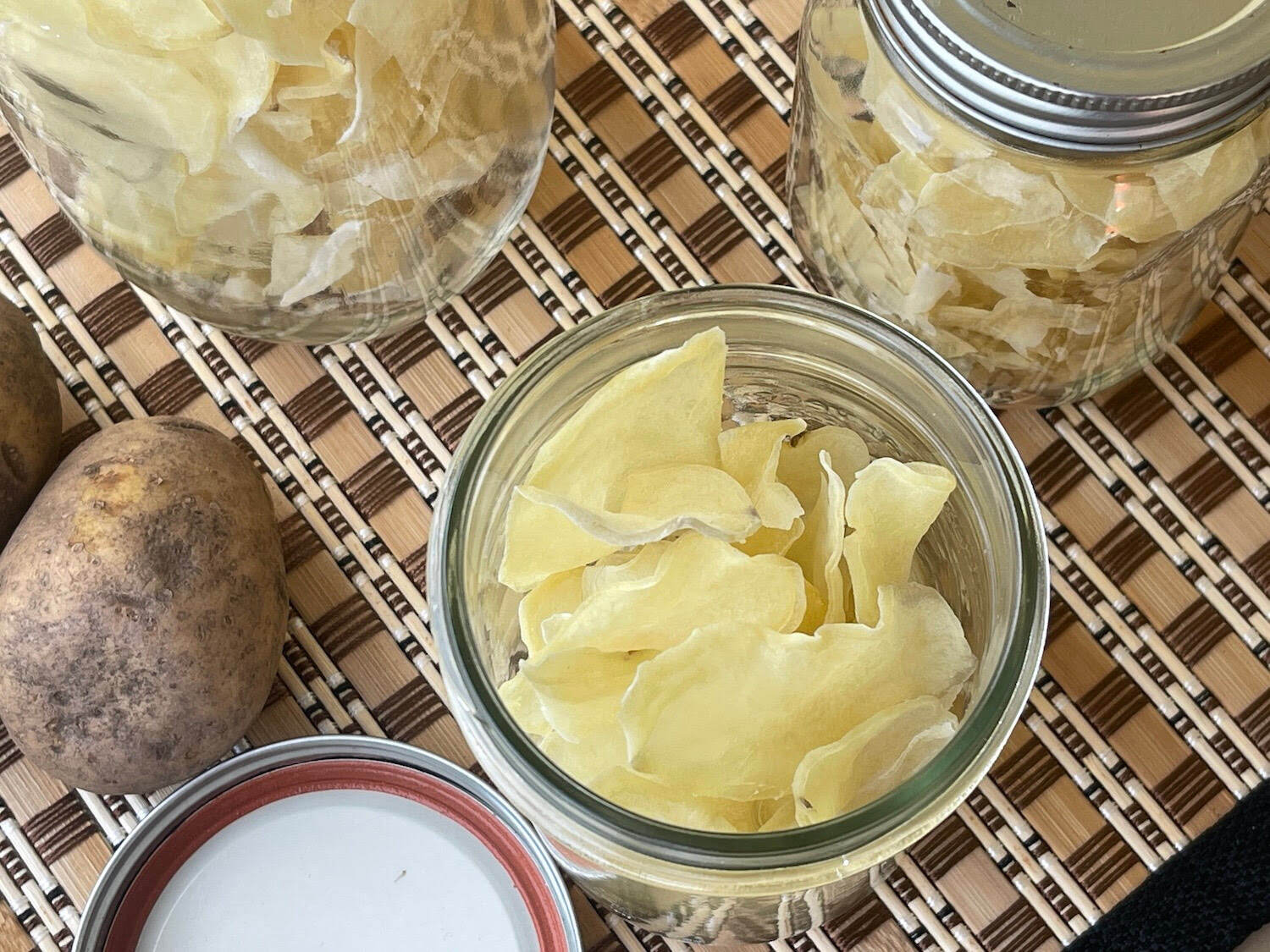



0 thoughts on “How To Store White Potatoes”